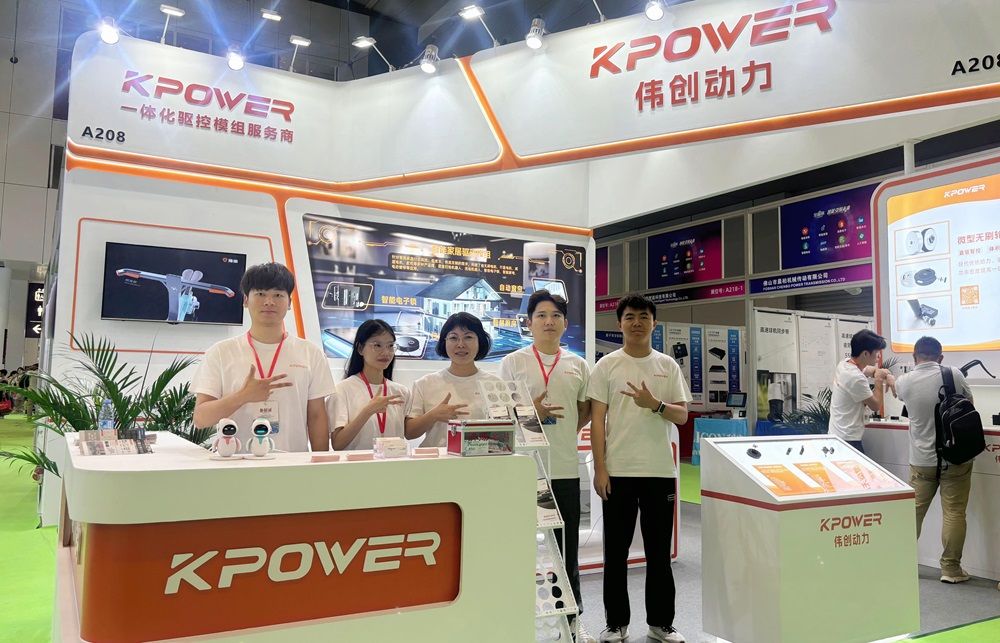part 1:
Imagine holding the power to bring mechanical movements to life with just a few lines of code and a tiny microcontroller. That’s exactly what controlling a servo motor with an Arduino Nano feels like—a fusion of simple electronics and programming that opens endless possibilities for DIY projects, robotics, automation, and creative experimentation.

Getting Started with Arduino Nano and Servo Motors
The Arduino Nano is a compact yet powerful microcontroller designed for small-scale projects. Its small size doesn’t limit its capabilities; rather, it makes it ideal for portable and space-saving designs. Paired with a servo motor—a device capable of precise angular movements—you can develop anything from a robotic arm to a remote-controlled vehicle, or even an automated art installation.
Before diving into code, let’s understand what a servo motor is. Unlike regular motors, servos are designed for accuracy. They contain a built-in control circuit that allows them to rotate to a specific position and hold that position. Setting the angle of a servo motor requires sending it a PWM (Pulse Width Modulation) signal—basically, a digital signal that varies in pulse length.
Components Needed:
Arduino Nano microcontroller Servo motor (e.g., SG90 or MG90S) Breadboard and jumper wires External power supply (recommended for servos with higher load) Resistors, if required for signal conditioning
Wiring the Setup
The wiring is straightforward:
Connect the servo’s power pin (usually red) to the 5V pin on the Nano. Connect the servo’s ground pin (black or brown) to a GND pin on the Nano. Connect the control signal pin (white or yellow) to one of the Digital PWM pins on the Nano, such as D9.
It’s a good practice to power the servo from an external source if you plan to run it under load or multiple servos simultaneously. Powering directly from the Nano can sometimes cause resets or erratic behavior.
Basic Arduino Code to Control a Servo
Let’s look at an example of a simple sketch to command a servo to move to a specific angle:
#include // Include the Servo library Servo myServo; // Create a servo object void setup() { myServo.attach(9); // Attach the servo on pin 9 } void loop() { myServo.write(0); // Move to 0 degrees delay(1000); // Wait 1 second myServo.write(90); // Move to 90 degrees delay(1000); myServo.write(180); // Move to 180 degrees delay(1000); }
This code initializes the servo, then repeatedly moves it to 0°, 90°, and 180°, pausing for a second at each position. You can modify the angles and delays to suit your project.
How It Works
Including brings in the library with pre-built functions optimized for servo control. Servo myServo; creates an object to interact with the servo. myServo.attach(9); connects this object to digital pin 9, where you’ve wired your servo's control wire. myServo.write(angle); commands the servo to move to a specified angle. delay(milliseconds); pauses the program, giving the servo time to reach the position.
Testing and Troubleshooting
When you upload this code, your servo should move smoothly between positions. If it doesn’t, check these common issues:
Correct wiring: Ensure the power, ground, and signal pins are correctly connected. Power supply: Make sure your servo is receiving adequate voltage. Pin assignment: Confirm the pin number matches your wiring. Library installed: The Servo library is built-in with the Arduino IDE, but ensure your IDE is up to date.
Expanding Your Control
Once you’ve mastered moving the servo to static positions, you can explore more dynamic control methods:
Sensor integration: Use potentiometers, ultrasonic distance sensors, or light sensors to dynamically control servo position. Serial commands: Send commands from your computer or smartphone to adjust servo angles in real-time. Multiple servos: Coordinate several servos simultaneously for robotic arms or complex mechanisms.
The key to success here is experimentation. Small adjustments—like changing delay times, varying angles, or adding user input—can lead to innovative projects. The Arduino Nano offers the perfect platform for such creative exploration, affordable and accessible for hobbyists and students alike.
Would you like to proceed with the second part, which will cover advanced programming techniques, real-world project ideas, or troubleshooting complex servo issues?
Kpower has delivered professional drive system solutions to over 500 enterprise clients globally with products covering various fields such as Smart Home Systems, Automatic Electronics, Robotics, Precision Agriculture, Drones, and Industrial Automation.




































